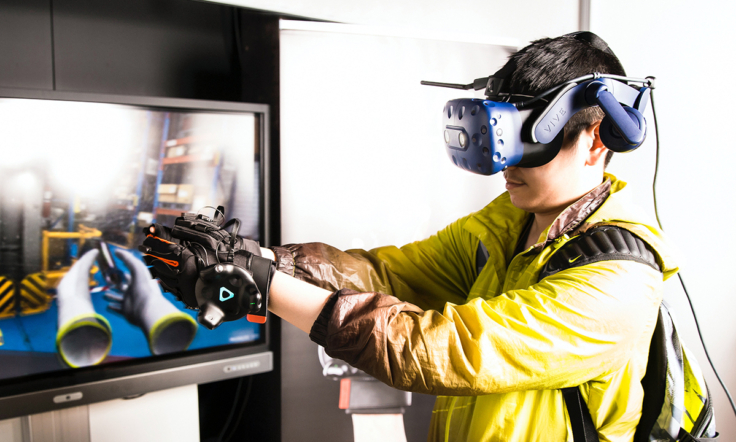
In the past, there was a fundamental disconnect between the wealth of digital data we have and the physical world we wanted to implement them. Even though reality is three-dimensional, the rich data we need to inform our decisions and actions were now stuck in two-dimensional pages and screens. This gap between the real and digital worlds has been limiting our ability to take advantage of the flood of information and insights generated by billions of smart, connected products around the world.
Augmented reality, a technology that brings digital data and images into the physical world, bridges this gap and promises people unique experiences. Although still in its infancy, augmented reality is about to reach much wider segments; according to one estimate, spending on augmented reality technology will reach $ 60 billion in 2020.
Augmented reality transforms all kinds of data, analysis, images, sound collected in a computer environment into images or animations placed in the real world. Today, most augmented reality apps are offered to the user via mobile devices, but the way they are presented is increasingly increasing; devices such as head-worn screens or smart glasses, hands-free wearable, are becoming commonplace. While many people are familiar with Snapchat filters and simple augmented reality entertainment apps such as pokémon Go, half life Alyx games, AR is implemented much more clearly in both consumer and business-to-business settings.
It has a lot of use cases for augmented reality as well as its extensive use in games. Some examples:
- Advanced navigation systems use augmented reality to place the route in a vivid image of the road.
- During football matches, broadcasters use augmented reality to show games , analyze and draw lines on the field.
- SAHA Istanbul will launch the virtual fair simultaneously with the SAHA EXPO, which it will hold at the Istanbul exhibition center between 4-7 November 2020, so that it can be visited 24/7.
- Furniture and glassware giant IKEA is offering an augmented reality app (called IKEA Place) that lets you see how a piece of furniture will look and fit into your space.
- Military fighter pilots see an augmented reality projection of their altitude, speed and other data on the helmet visor, which means they don’t have to focus by looking down to see them.
- Neurosurgeons sometimes use augmented reality projection of a 3-D brain to assist them in operations.
- In historical sites such as Pompeii in Italy, augmented reality can reflect the views of ancient civilizations on today’s ruins and bring the past to the present.
- Ground crew at Singapore airport wear augmented reality goggles to see information about cargo containers, speeding up loading times.





